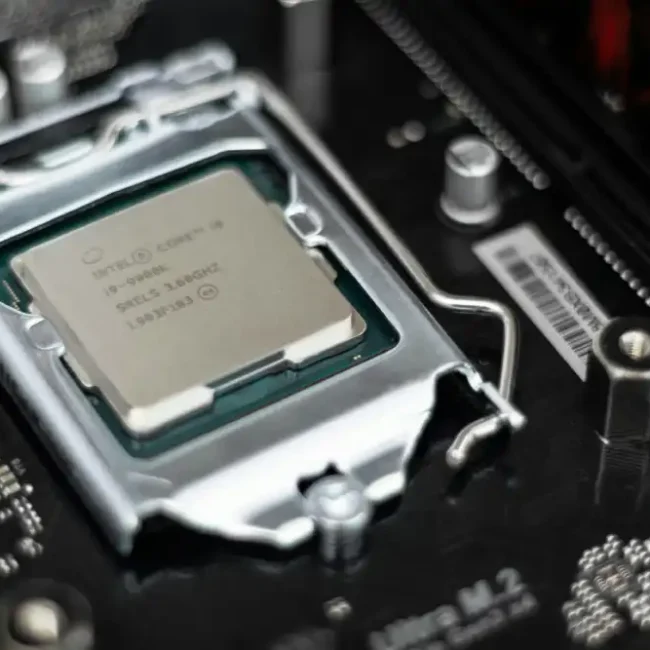What the story is
The U.S. Geological Survey (USGS) has significantly updated its critical minerals list for the first time since 2018 by adding copper, potash, silicon, silver, lead, and rhenium, while removing tellurium and arsenic. These additions come after a rigorous assessment of supply chain vulnerabilities and economic impact. The updated list now spans 54 minerals and introduces a three-tiered risk classification—high, elevated, and moderate—based on supply interruption risks, economic fallout, and reliance on single suppliers.
What the consequences will be
- Regulatory priority shift: Inclusion on the critical minerals list triggers focused federal efforts—permitting acceleration, strategic stockpiling, and resource-mapping—for copper, potash, and silicon.
- Supply chain resilience: Highlighting these minerals aims to reduce U.S. dependency on restricted or concentrated global sources, particularly for agriculture (potash), electrification (copper), and electronics (silicon).
- Policy-driven investment flows: This move is likely to channel public and private capital toward exploration, domestic production, and processing projects.
How an investor can benefit (specific)
- Direct exposure to metals:
- Copper: Anticipate stronger demand and government support—explore copper producers (e.g., Freeport-McMoRan) or copper ETFs (e.g., COPX).
- Potash: Beneficial for fertilizer sector—consider companies like Nutrien or Mosaic, which may receive permitting and infrastructure tailwinds.
- Silicon: Comes with semiconductor and solar tech convergence—think Taiwanese or U.S.-based silicon wafer producers entering high-priority domains.
- Miners and juniors: Smaller mining firms active in these minerals may gain valuation uplift amid heightened interest or acquisitions. Watch for drill results and permitting milestones.
- Infrastructure plays: Companies involved in refining, processing, or materials handling (processing equipment vendors, smelting companies) are likely to benefit from federal incentives and supply-chain upgrades.
- ETF & thematic plays:
- Broader critical minerals ETFs (if available) could capture diversified upside.
- Government policy-backed funds focusing on infrastructure or energy transition may see aluminum, copper, or silicon-related beneficiaries.
- Timeline advantage: Early movers in exploration, expansion, and permitting should gain the most leverage from new regulatory frameworks—tracking project approvals could uncover alpha opportunities.
Quick Recap Table
| Mineral Added | Strategic Value | Investor Focus |
|---|---|---|
| Copper | Electrification, energy infrastructure | Mining equities, copper ETFs |
| Potash | Food security, agriculture | Fertilizer majors, thematic agri-fund |
| Silicon | Electronics, solar, semiconductors | Materials, solar components, semiconductor vendors |





